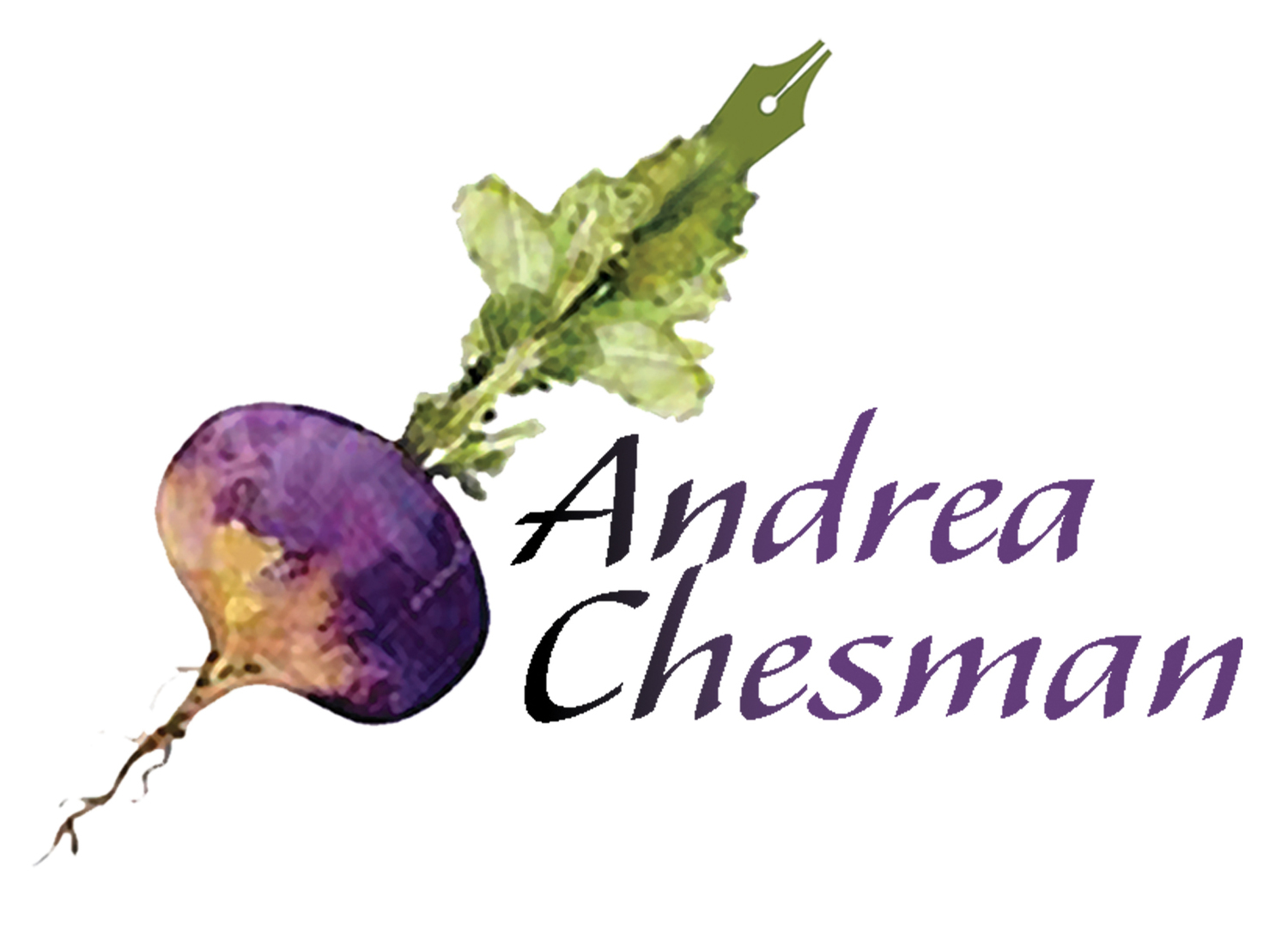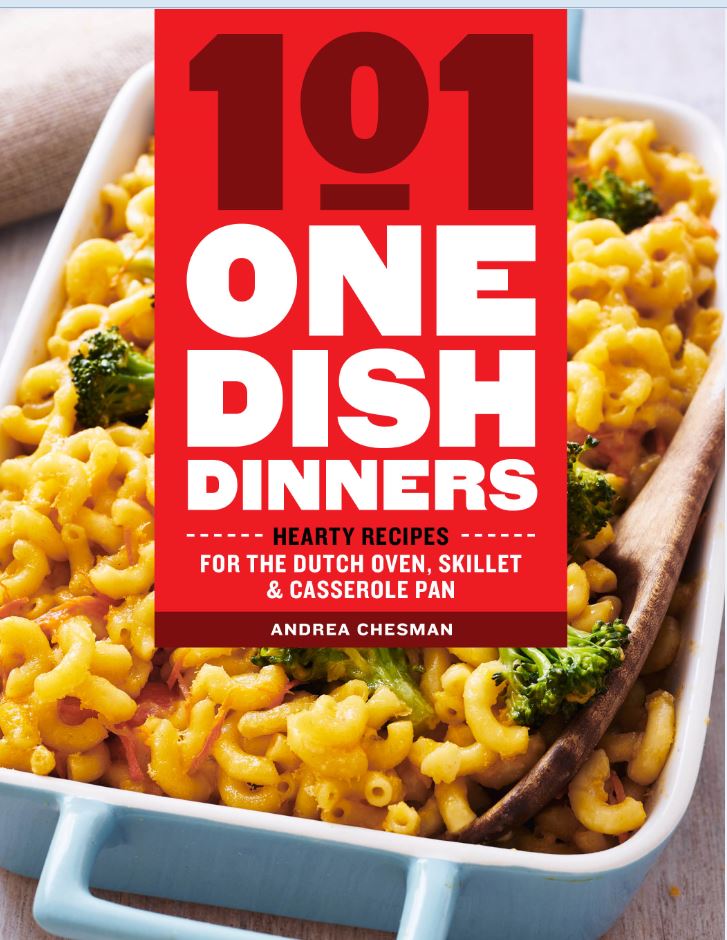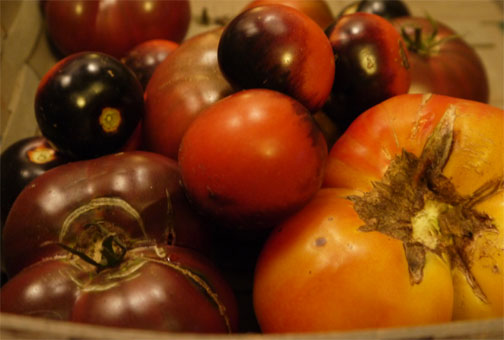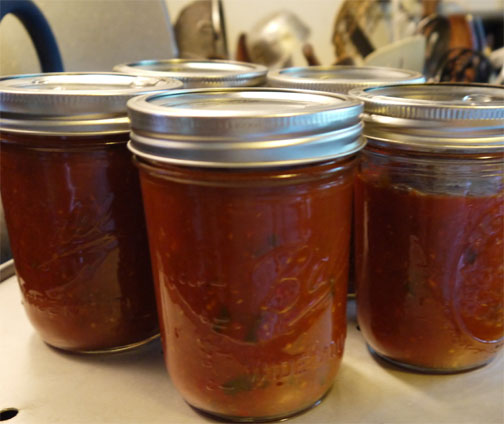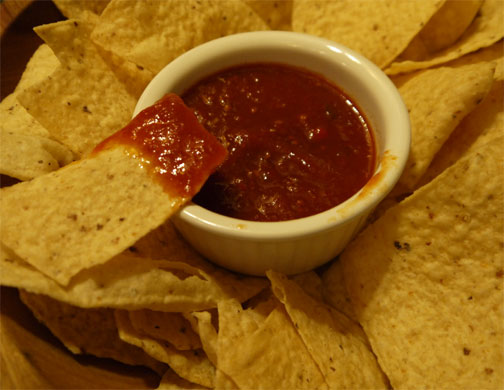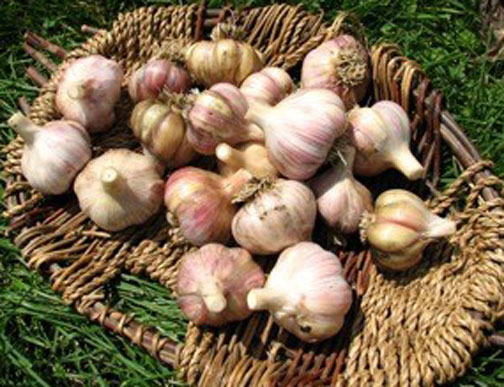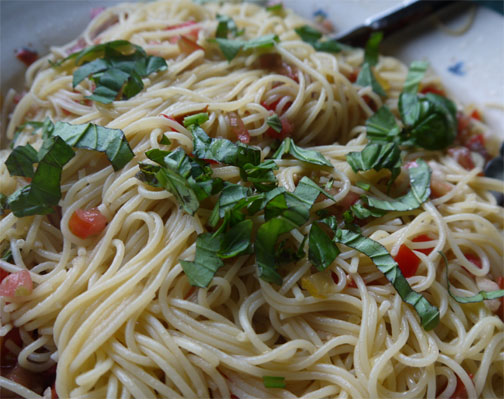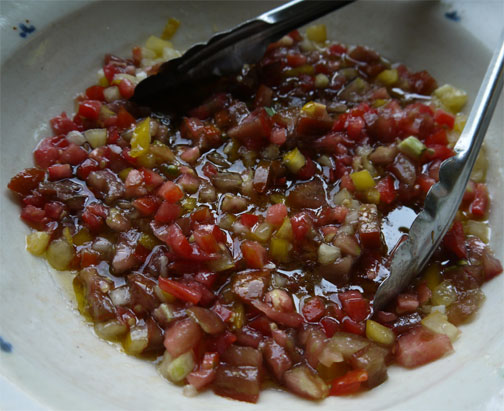When preserving tomatoes, you get more bang for your buck with plum tomatoes (meaning more can be put in a jar, but I can a mix of tomatoes, whatever I need to preserve.
For gardeners who love tomatoes, tomato season is both a joy and a burden. It's a joy because nothing beats a fresh tomato as a snack, as an add-on to a sandwich, as a quick sauce for pasta, as a side dish, sliced and topped with a drizzle of oil and vinegar and a sprinkling of salt. As we walk through the garden, we pop cherry tomatoes in our mouths, almost without thinking.
The thinking part does come. What to do with all those tomatoes? Whether all those tomatoes will be enjoyed fresh or whether they will be canned, I have a recipe for you.
101 One-Dish Dinners is filled with recipes that bring dinner to the table quickly, with a minimum of fuss. There are a lot of my family favorites contained in those pages, a lot recipes that are streamlined for speed and ease. These are the recipes that my husband makes when I am out of town and my adult kids make for themselves and their friends.
The one ingredient that makes a lot of these recipes sing is the tomato—fresh in one-dish salads, canned in soups and stews you might want to make when the weather cools. In fact, I counted 22 out of 101 recipes that use tomatoes in one form or another.
So, let's say you might want to make one of these recipes every two weeks or so. That means you'll want to put up 26 quarts of tomatoes. But, of course, just about everyone is going to want to make some form of spaghetti—with meat sauce, with sausage, or with a simple tomato sauce—every two weeks, so that's another 26 quarts of sauce or puree you'll need. Homemade pizza is so much better than the greasy store-bought or delivery pizza, so add another 14 quarts of sauce or puree. That's 64 quarts of tomato products. And I haven't even thought about ketchup or salsa yet.
While I am in a calculating mood, let me add that a lot of recipes in 101 One-Dish Dinners and elsewhere call for a 28-ounce can of diced tomatoes. That's equivalent to a quart of home-canned tomatoes (mine weigh in at anywhere between 25 and 40 ounces, depending on the variety and how much I managed to squish in). Another way to look at equivalents is that a 28-ounce can holds 3 cups. So you can drain your home-canned tomatoes (save the juice), measure, and return enough liquid to make 3 cups. Or just figure that your quart of home-canned tomatoes is equivalent to a 28-ounce can and don't sweat the difference.
Tuscan Tuna Salad with White Beans -- served with a sourdough biscuit from The Backyard Homestead Book of Kitchen-Know-How.
Now I have to go—I have more tomatoes to can. And when I'm done, I'll whip up a dinner with a recipe from One-Dish Suppers. Last night I made a Mediterranean Tuna Salad with White Beans and the night before it was Antipasto Antipasta Salad. Quick one-dish meals make life so much easier when you are busy.
